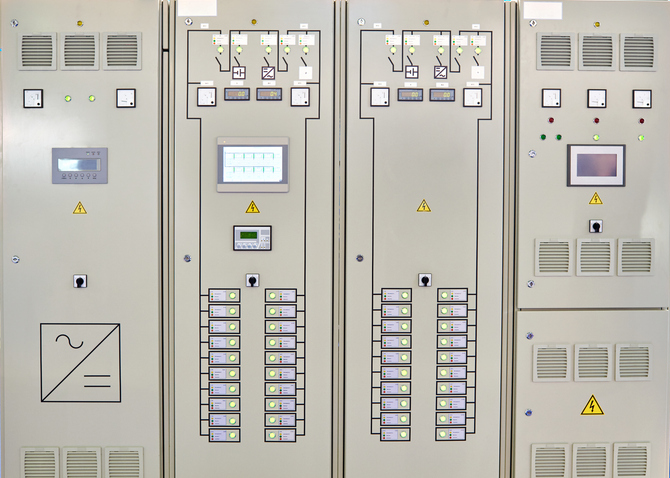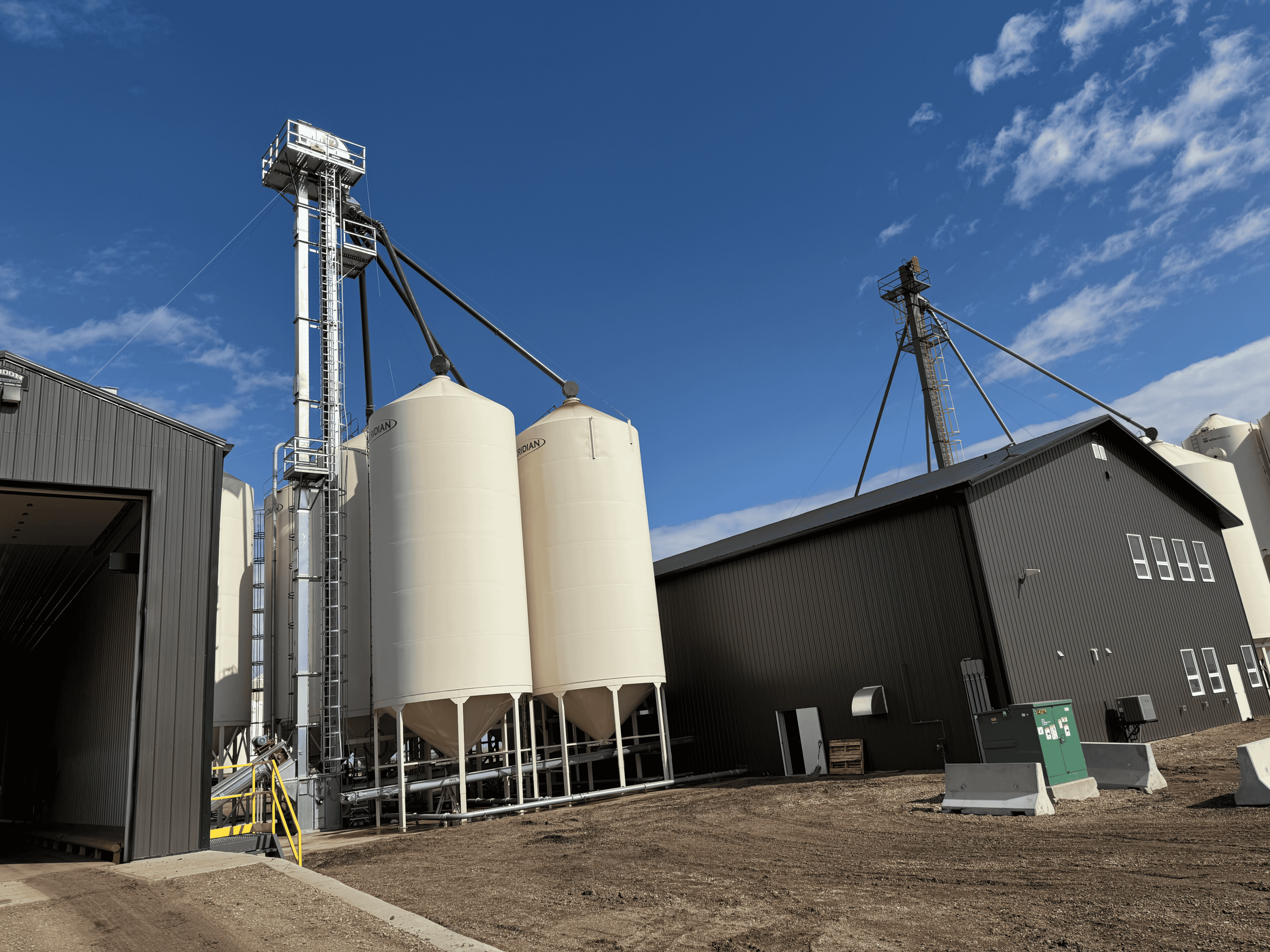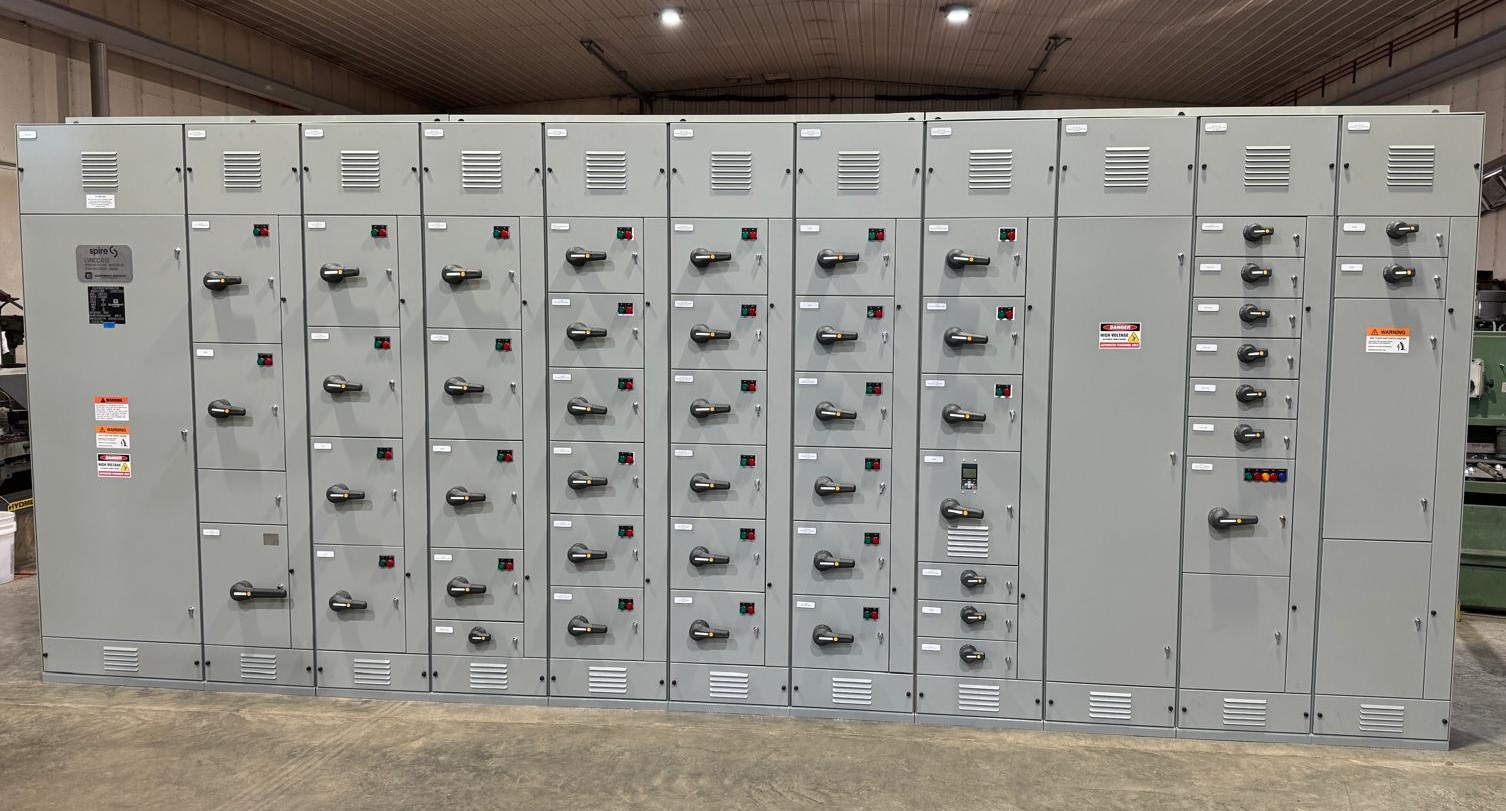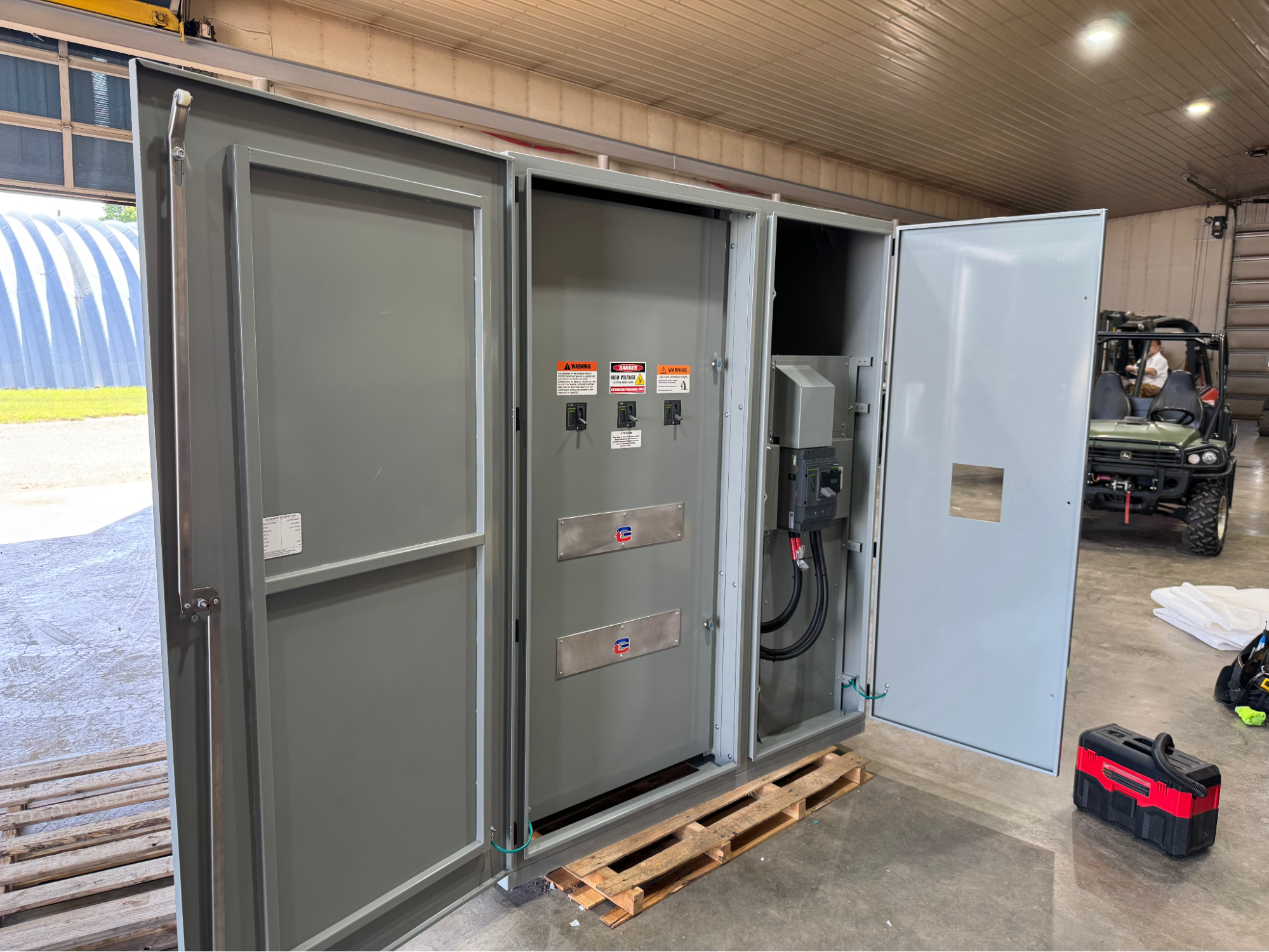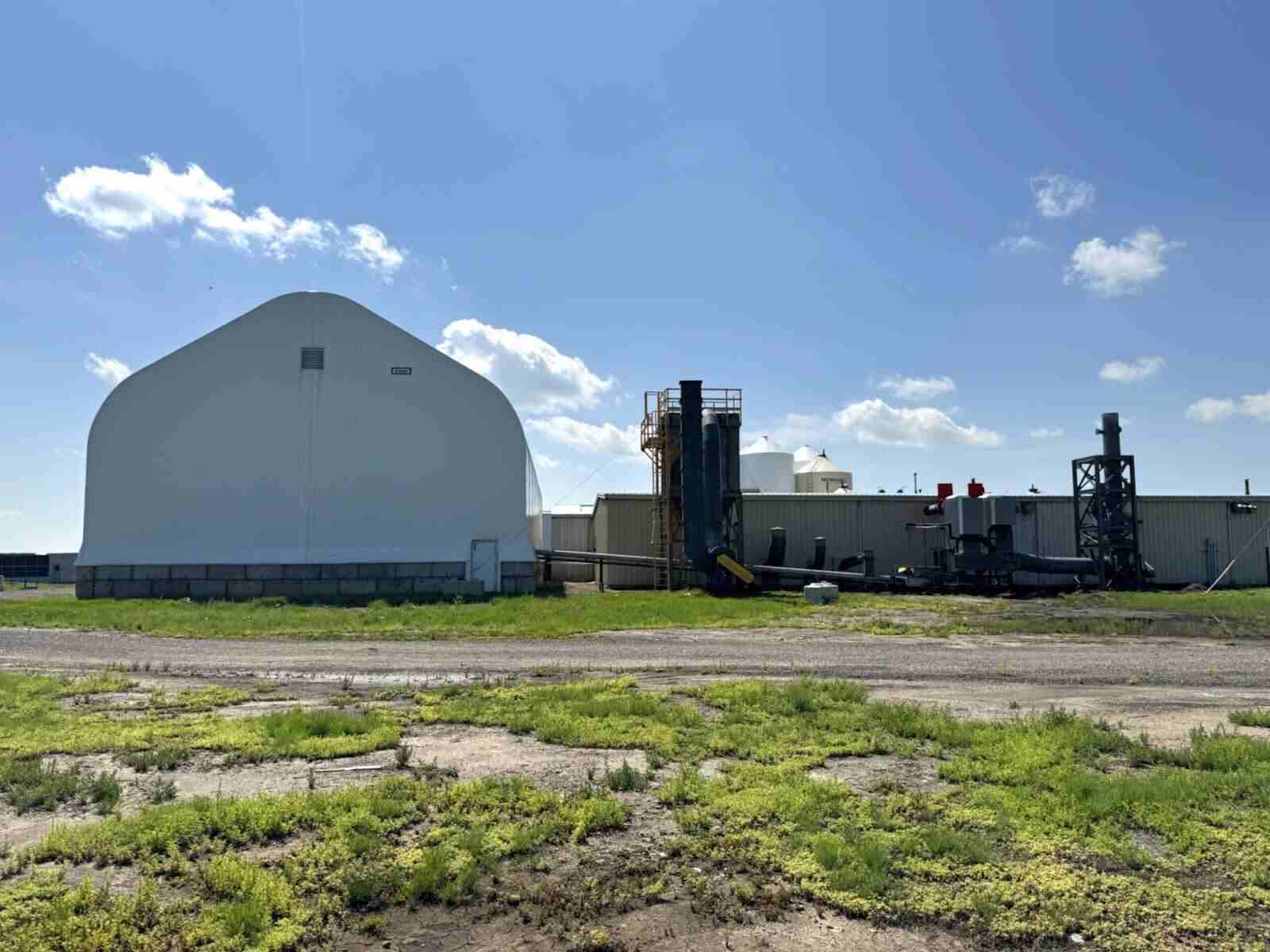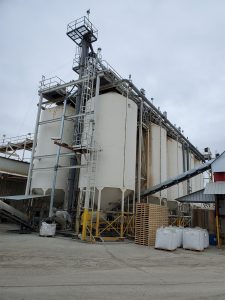 Current Group works to make companies safer and more efficient in the agriculture industry by designing and installing radar level sensors in storage bins. Through our modernized electrical automation system, our client is now able to save time and manpower in their daily operations when monitoring sulphur storage levels. Read on to learn more about Current Group’s automation solutions.
Current Group works to make companies safer and more efficient in the agriculture industry by designing and installing radar level sensors in storage bins. Through our modernized electrical automation system, our client is now able to save time and manpower in their daily operations when monitoring sulphur storage levels. Read on to learn more about Current Group’s automation solutions.
The Problem
A leading company in the agriculture fertilizer industry had an archaic method of measuring sulphur inventory at their southern Alberta blending facility, and were in need of an automated design-build solution. This facility has ten 40-foot tall bulk sulphur storage bins with a platform at the top. In order to determine the level in each bin, they required a man to climb up to the top of these bins and drop a plumb bob down each one to check the level and manually record the sulphur level, once or twice a day.
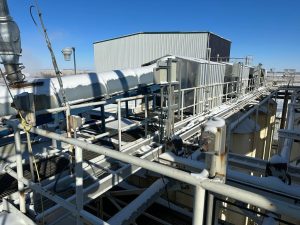 In order to load new products to the top of these bins, the trucked-in sulphur was unloaded into a bucket elevator, which fed a series of conveyors at the top of the bins. The feed conveyors ran the length of the storage bins, and an Operator manually diverted product into each one of the bins. As the bin filled with sulphur, the Operator would manually monitor the level rising until it was full and then switch loading to the next bin until the truck was unloaded. The problem was that if the operator was distracted or called away to handle other duties, the bins could overfill, spilling sulphur onto the ground. The company would need a more reliable way to monitor sulphur levels
In order to load new products to the top of these bins, the trucked-in sulphur was unloaded into a bucket elevator, which fed a series of conveyors at the top of the bins. The feed conveyors ran the length of the storage bins, and an Operator manually diverted product into each one of the bins. As the bin filled with sulphur, the Operator would manually monitor the level rising until it was full and then switch loading to the next bin until the truck was unloaded. The problem was that if the operator was distracted or called away to handle other duties, the bins could overfill, spilling sulphur onto the ground. The company would need a more reliable way to monitor sulphur levels
The Solution
The customer called Current Group to brainstorm new solutions, entrusting us to determine how to best automate monitoring the inventory levels in each bin and eliminate the safety risk of climbing 40-foot bins each day. We came to them with the idea to install radar level sensors on each bin and feed this information to a central computer (CPU) in the office.
An automated program was developed that incorporated the size of each bin with the radar sensor level and calculated the sulphur inventory (in tonnes). This CPU included a HMI display screen, allowing the plant manager to know exactly how much inventory they have without the safety risk of climbing to the top of the bins. In addition, the radar level sensors and custom automation program saved the customer 8 hours a week in labour, compared to taking levels manually.
The Services Provided
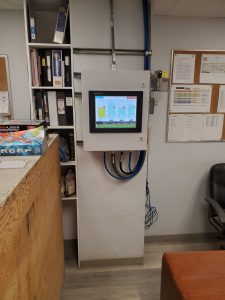 Current Group provided electrical design-build and agricultural automation services that included:
Current Group provided electrical design-build and agricultural automation services that included:
- Radar level sensors, CPU, and an easy-to-use control screen
- Programming an inventory management system
- Electrical installation of all equipment and materials
- User training and support
Benefits
- Real time inventory levels of each fertilizer silo
- Improved inventory accuracy
- Eliminated the safety hazard associated with climbing ladders
- Terminal operator time freed up to work on other priorities

